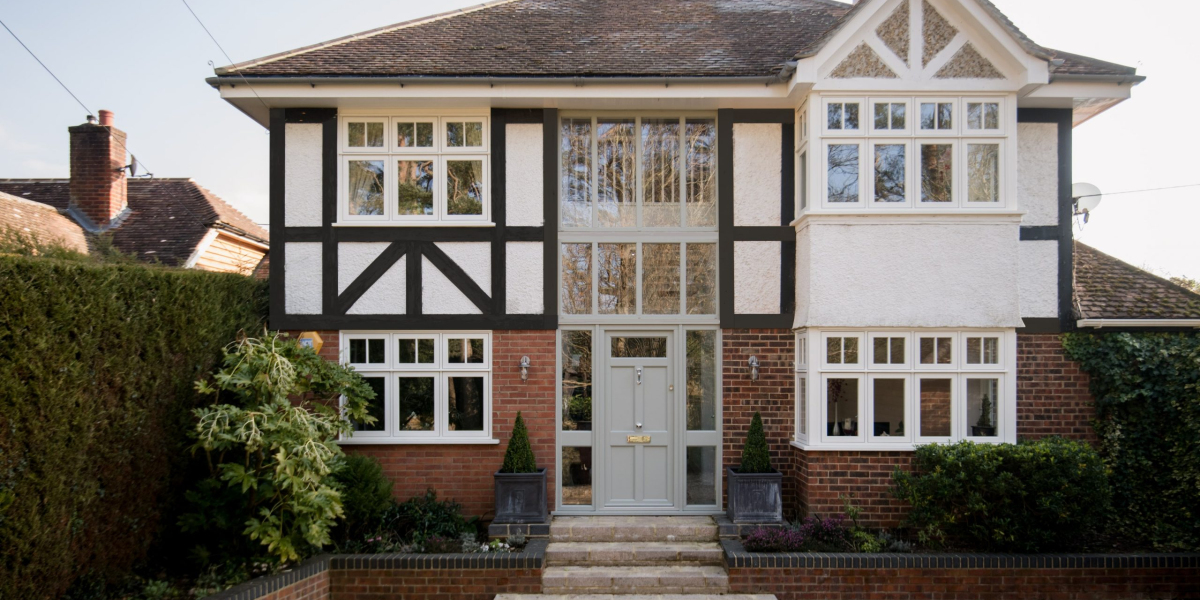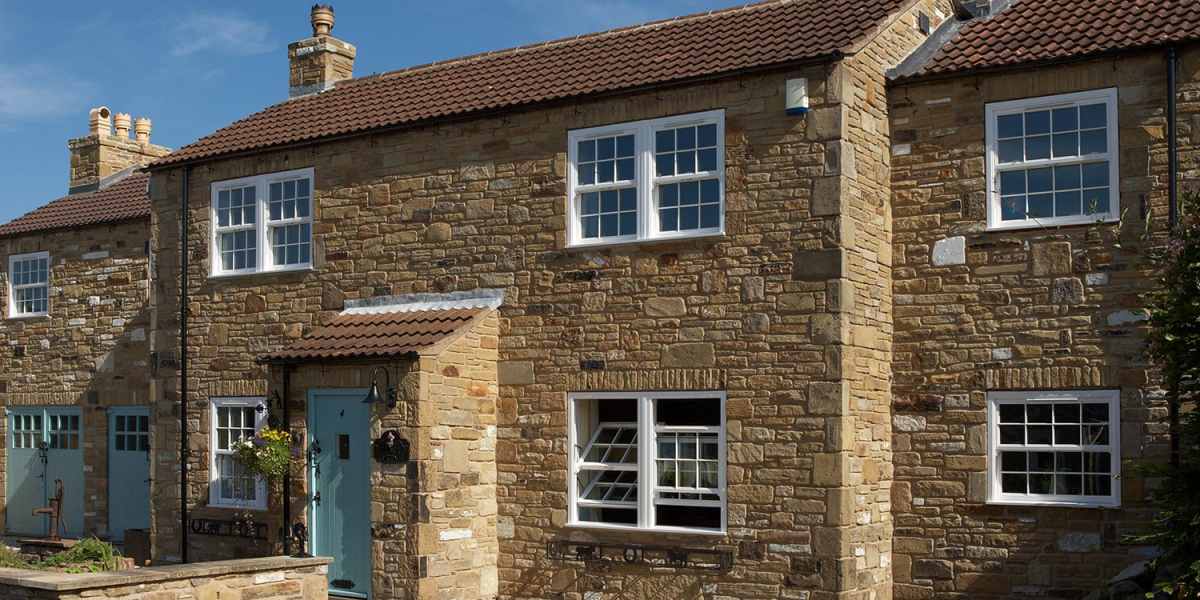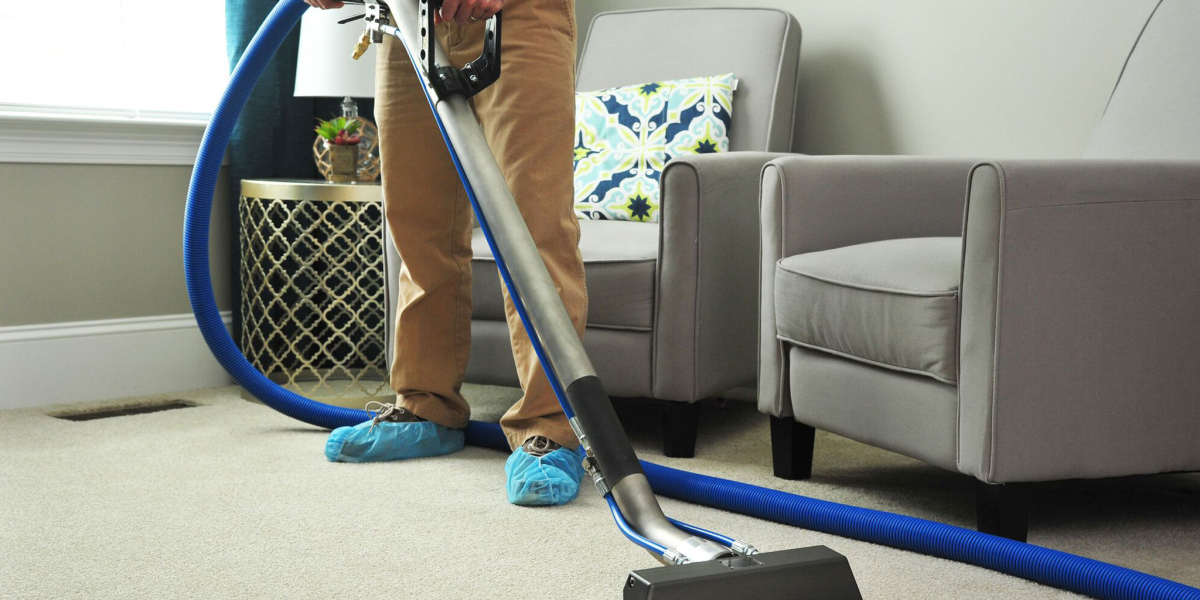Introduction
Window installation is a critical component of building construction and renovation, impacting energy efficiency, aesthetics, and overall functionality of a structure. This report aims to provide a detailed overview of the window installation process, including types of windows, materials, installation techniques, and best practices.
Types of Windows
There are several types of windows commonly used in residential and commercial buildings, each with specific characteristics and advantages:
- Single-Hung Windows: These windows have a fixed upper sash and a movable lower sash. They are cost-effective and easy to operate but offer limited ventilation.
- Double-Hung Windows: Both sashes in double-hung windows can be opened, allowing for improved airflow. They are versatile and easy to clean.
- Casement Windows: Hinged on one side, casement windows open outward, providing excellent ventilation and unobstructed views. They are often more energy-efficient than sliding windows.
- Sliding Windows: These windows slide horizontally and are ideal for areas with limited vertical space. They are easy to operate but may not provide as much ventilation as casement windows.
- Awning Windows: Hinged at the top, these windows open outward, allowing for ventilation even during rain. They are often used in combination with other window types.
- Bay and Bow Windows: These protruding windows add architectural interest and allow for additional interior space. They typically consist of multiple window units.
Window Materials
The material used in window construction significantly influences durability, maintenance, and energy efficiency. Common materials include:

- Vinyl: Vinyl windows are low-maintenance, energy-efficient, and available in various colors. They resist fading and do not require painting.
- Wood: Wood windows offer natural beauty and excellent insulation but require regular maintenance to prevent rot and decay. They can be painted or stained to match the décor.
- Aluminum: Aluminum windows are strong and lightweight, providing a modern look. However, they are less energy-efficient unless thermally broken.
- Fiberglass: Fiberglass windows are durable, energy-efficient, and resistant to warping and cracking. They can be painted and are available in various styles.
Preparation for Installation
Before beginning the window installation process, several preparatory steps are essential:
- Measurement: Accurate measurements of the window openings are crucial. Measure the width and height at multiple points to ensure a proper fit.
- Choosing the Right Window: Select windows that meet the aesthetic and functional needs of the space, considering factors such as energy efficiency ratings and local climate.
- Gathering Tools and Materials: Essential tools for window installation include a level, measuring tape, pry bar, caulk gun, and a drill. Additionally, ensure that all necessary materials, such as flashing, insulation, and fasteners, are on hand.
Installation Process
The window installation process can vary depending on the type of window and the existing structure. However, the following steps outline a general procedure:
- Remove the Old Window: Carefully remove the existing window, including any trim or casing. Use a pry bar to avoid damaging the surrounding structure.
- Inspect the Opening: Check the window opening for any damage or rot. Repair or replace any compromised framing or sheathing before proceeding.
- Install Flashing: Apply flashing tape around the perimeter of the opening to prevent water infiltration. This step is crucial for ensuring the longevity of the installation.
- Position the New Window: Place the new window into the opening, ensuring it is level and plumb. Use shims to adjust the position as necessary.
- Secure the Window: Fasten the window to the framing using screws or nails, following the manufacturer's recommendations. Be careful not to overtighten, as this can warp the frame.
- Insulate: Fill any gaps between the window frame and the rough opening with insulation. This step is vital for energy efficiency and preventing air leaks.
- Seal the Edges: Apply caulk around the exterior edges of the window to create a weather-tight seal. Ensure that the caulk is smooth and evenly applied.
- Install Trim and Casing: Once the window is secure and sealed, reinstall or replace the trim and casing. This step enhances the aesthetic appeal and provides additional protection against moisture.
- Final Inspection: After installation, check the operation of the window to ensure it opens and closes smoothly. Inspect the seals and caulking for any gaps or imperfections.
Best Practices
To achieve the best results in window installation, consider the following best practices:
- Follow Manufacturer Guidelines: Each window type may have specific installation instructions. Always refer to the manufacturer’s guidelines for the best results.
- Work in Suitable Weather: Avoid installing windows during extreme weather conditions, such as heavy rain or high winds, which can complicate the process and impact the seal.
- Use Quality Materials: Invest in high-quality windows and installation materials to ensure durability and energy efficiency.
- Consider Professional Help: If unsure about the installation process, hiring a professional can ensure that the windows are installed correctly and efficiently.
- Regular Maintenance: After installation, perform regular maintenance checks to ensure that seals remain intact and windows operate smoothly.
Conclusion
Window installation is a vital aspect of any construction or renovation project, influencing energy efficiency, aesthetics, and functionality. By understanding the types of windows, materials, preparation steps, and installation techniques, homeowners and builders can ensure a successful installation that meets their needs. Following best practices and considering professional help when necessary can further enhance the overall quality and longevity of the installation.








